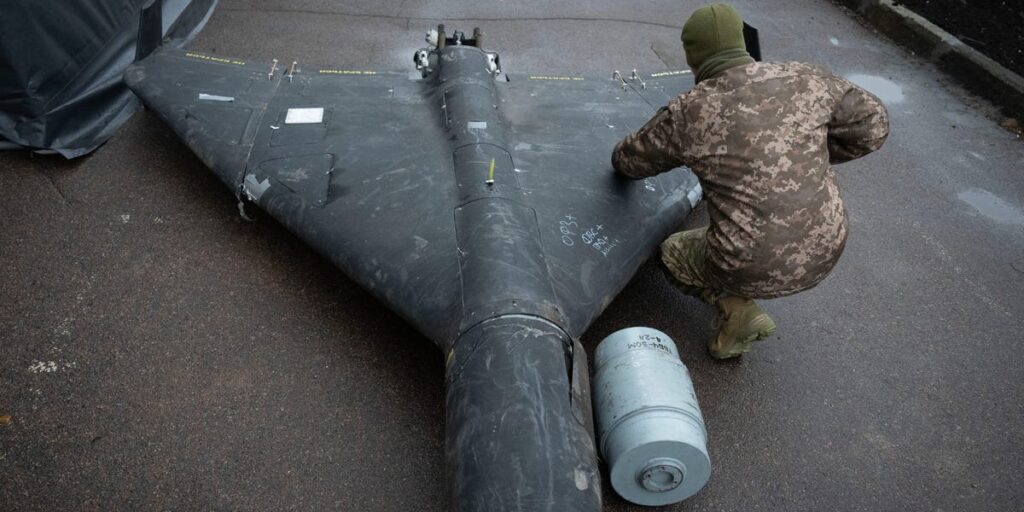The Ukrainian military said on Friday that it carried out a long-range attack on a Russian factory producing warheads for Moscow’s deadly Shahed drones, marking Kyiv’s latest deep-strike operation targeting the Kremlin’s war machine.
The General Staff of the Ukrainian Armed Forces said it targeted the JSC FNPC Research Institute of Applied Chemistry in Sergiev Posad, a city just northeast of Moscow, more than 500 kilometers (310 miles) away from Ukraine’s border.
The attack was carried out by units of the Unmanned Systems Forces and other elements of the military. The USF, a first-of-its-kind branch of the armed forces that was established last year and focuses solely on drone combat, said soldiers of the 14th separate drone regiment were involved in the operation.
The USF said at least one drone struck the facility, causing a fire and heavy smoke, and that an electric substation that provided power to the site was damaged. It shared footage purporting to show the moment of the attack and the aftermath.
Business Insider could not independently verify all the details of the operation. Russia’s defense ministry did not acknowledge the attack, although it did report shooting down Ukrainian drones over Russian territory on Friday.
Ukraine said the JSC FNPC Research Institute of Applied Chemistry, part of Russia’s state-owned defense conglomerate Rostec, is under international sanctions because of its involvement in the war. The facility develops and manufactures parts for missile and artillery systems, as well as thermobaric warheads for Shahed drones.
The notorious Shahed-136 is an Iranian-designed drone that Russia now produces at home. Historically, these one-way attack munitions could fly at speeds of over 115 mph with a nearly 90-pound explosive warhead, although the team leader for a Ukrainian mobile air defense unit recently told BI that Moscow had modified the Shaheds to make them faster and deadlier.
Shahed drones are traditionally slower and less lethal than cruise or ballistic missiles, although they are much cheaper, allowing Russia to launch hundreds of them in large-scale attacks. On Thursday night, for instance, Moscow launched at least 330 of them into Ukraine, President Volodymyr Zelenskyy said.
That attack marked one of the largest Russian bombardments of the war. Ukraine said that Moscow launched 550 munitions, including Shaheds, decoy drones, and cruise and ballistic missiles, mainly targeting the capital city, Kyiv. A majority of the threats were intercepted, although at least 23 people were injured.
The attack came as the Trump administration reportedly halted shipments of crucial weapons, including air defense ammunition, to Ukraine. The move could affect Kyiv’s ability to protect itself from the Russian bombardments, which have intensified in recent weeks.
Meanwhile, President Donald Trump remains entangled in efforts to secure a ceasefire between Russia and Ukraine, and discussed peace talks in a call with his counterpart, Vladimir Putin, shortly before the huge attack on Thursday.
“Notably, the first air raid alerts in our cities and regions yesterday began to blare almost simultaneously with media reports discussing a phone call between President Trump and Putin,” Zelenskyy said.
Read the full article here


